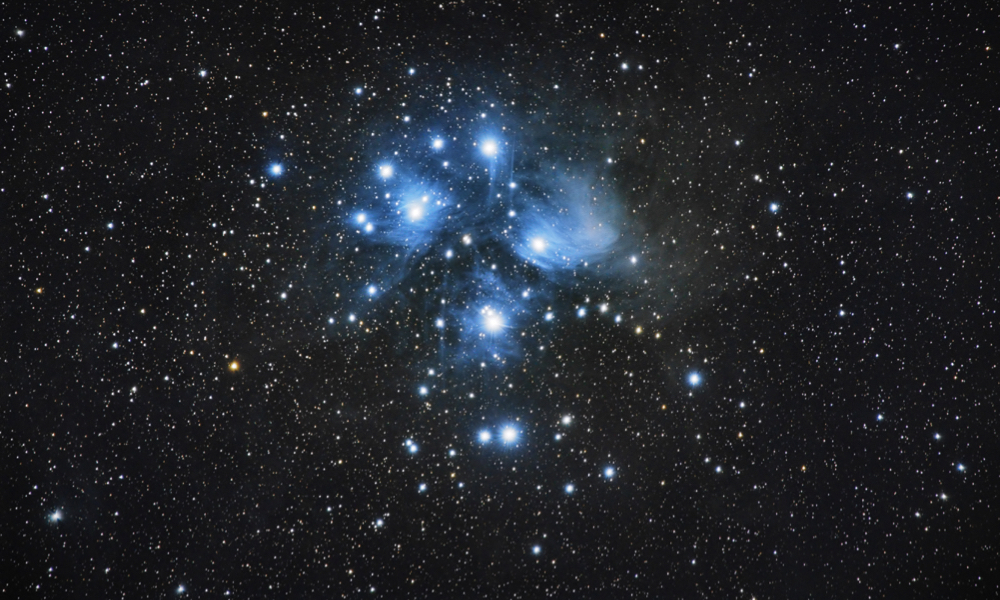
ESA Open Invitation to Tender AO10445
Open Date: 31/07/2020
Closing Date: 11/11/2020 13:00:00
Status: ISSUED
Reference Nr.: 20.1TT.59
Prog. Ref.: OP-Other Act. CC
Budget Ref.: E/0534-05A – OP-Other Act. CC
Special Prov.: AT+BE+CH+CZ+DE+DK+ES+FR+GR+HU+IE+IT+LU+NL+NO+PL+PT+RO+SE+GB+CA
Tender Type: C
Price Range: > 500 KEURO
Products: Satellites & Probes / Optical Communication / Optical Comm ¿ BB / Receivers
Technology Domains: Optoelectronics / Detector Technologies / Focal Plane Technologies
Establishment: ECSAT
Directorate: Directorate Telecom & Integrated Applica
Department: Telecom Technologies,Product&Systems Dep
Division: Technologies and Products Division
Contract Officer: Rinaudo, Nicole
Industrial Policy Measure: N/A – Not apply
Last Update Date: 31/07/2020
Update Reason: Tender issue
The objective of the activity is to develop and test an acquisition and tracking sensor for optical communication terminals that may acquire and track multiple assets / counter terminals simultaneously. Targeted Improvements: To allow millisecond switching between multiple optical user terminals and a single optical transmitter, without the need to re-acquire the optical link, by utilising time division-multiplexing. Description: Current optical communication systems are tailored for one-on-one communication links with one counter terminal at a time, over link sessions from a few minutes to hours. In these scenarios link acquisition times in the orderof tens of seconds are acceptable. When multiple simultaneous links or subsequent short duration links are required, this concept fails, as the acquisition time becomes significantly long with respect to the link duration. This is the case for ultra-high throughput satellites that implement multiple optical user access scenarios (e.g. constellations or airborne applications), aswell as Galileo next generation GNSS satellites. In addition this is highly applicable to optical feeder links, as they require uninterrupted handover between multiple optical ground stations. This activity will address the above described shortcoming of current optical link acquisition methods and sensors. One critical aspect has to be addressed with special care: the angular alignment stability between the sensor and the optical head, as thermo-elastic deformation causes uncertainties at the required level of precisionneeded. Providing the real-time angular position information to the optical heads (e.g. multiple terminals) allows uninterrupted handover from one airborne or ground asset to the next… This would allow the satellite have a close to 100% use of the time for datatransmission by offloading the acquisition and tracking fully to the sensor.
If you wish to access the documents related to the Invitation to Tender, you have to log in to the ESA Portal.
